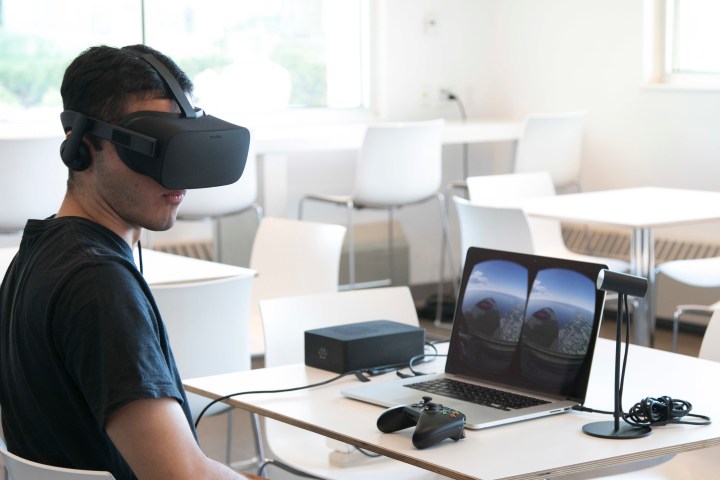
Once upon a time, during the evolution of early Oculus Rift developer headsets like the DK1 and DK2, Oculus did have support for what was then called OS X, but as of mid-2015, that all changed. With specifications of the headset creeping upward and Apple hardware not progressing swiftly enough, especially with regard to graphics, Oculus elected to drop support in favor of focusing on Windows PCs.
That proved to be a viable strategy at the time, but now that Apple has high-end systems that are more than capable, there is an argument to be made for re-enabling that support. As it stands though, Oculus has no immediate plans. When contacted by RoadToVR, Oculus said in a statement: “We’re committed to bringing PC VR to as many people as possible, but no news on MacOS support at this time.”
This is a shame for those looking to pick up one of Apple’s powerful new systems, and certainly for developers who would rather build games and experiences on MacOS. Even so, the gaming audience, which is the dominant force in the VR market right now, is predominantly a Windows one. Of the much more limited number of MacOS gamers out there, few are likely to buy a VR-capable system in the near future, so Oculus’ decision does have some sense to it.
It’s certainly possible that this won’t be a permanent choice though, especially when you consider that Apple could one day begin producing its own virtual or augmented reality headsets. However, for now at least, Oculus Rift headsets will require a Windows operating system.
Editors' Recommendations
- The 6 key things Apple must fix in the next version of macOS
- These 6 tweaks take MacBooks from great to nearly perfect
- How to take a screenshot on a Mac
- How to change the default apps on a Mac
- 10 Mac trackpad gestures that everyone should be using



